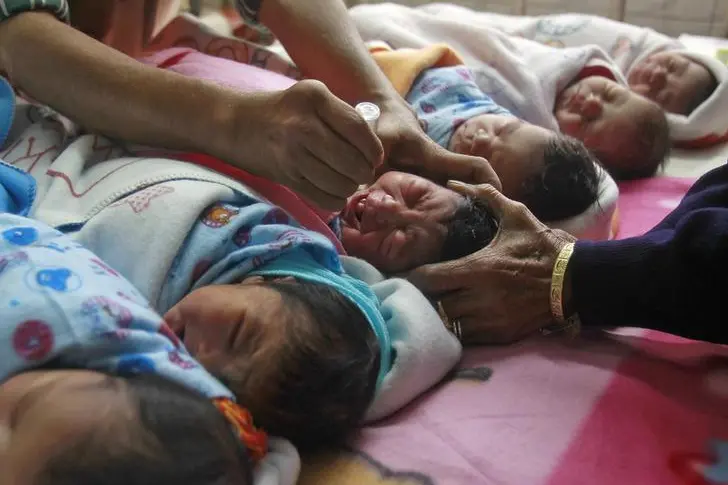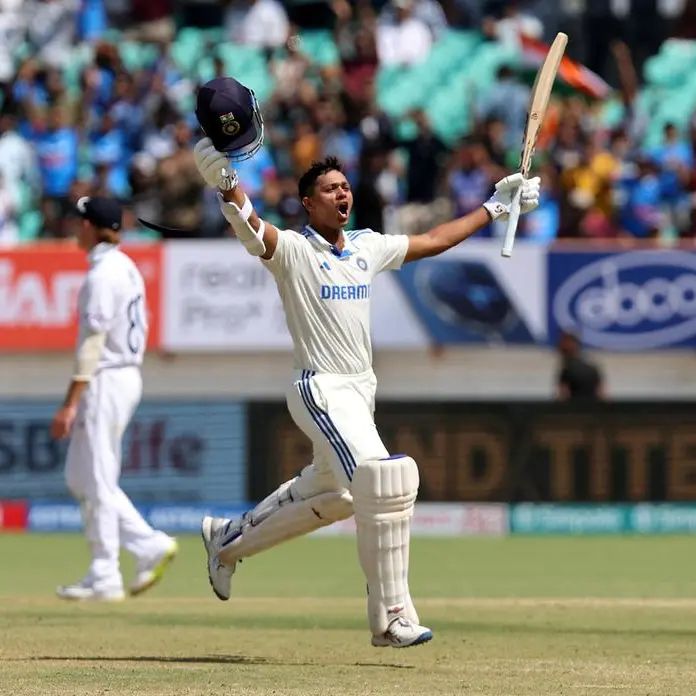PHOTO
MUMBAI - Parents are less likely to seek treatment for a sickbaby girl than a boy in India, where more female infants die within the first month of being born, the United Nations said.
More babies die in India than any other country, with 600,000 deaths recorded annually, or one quarter of the global total, according to a report released on Tuesday by the U.N. children's agency UNICEF.
Girls outnumber boys in this death toll, UNICEF said, citing Indian government data. More girlsdie in the under-five age group as well, a category that recorded a nearly 65 percent drop in mortality rates between 1990 and 2015.
"Girls have the advantage of being biologically stronger, yet sadly they are extremely vulnerable socially," said Yasmin Ali Haque, UNICEF India representative, in an e-mailed statement.
"The discrimination begins even before they are born," she added.
India offers free care to newborns in more than 700 state-run hospitals that are dedicated to treating babies. But nearly 60 percent of the infants admitted to these facilities were boys, according to data collected in 2017 by UNICEF.
"This indicates the social barriers girls face. They have lesser value in the society," said Gagan Gupta, a health specialist with UNICEF.
Parents avoid taking their daughters for treatment, because they don't want to leave work and lose wages, or pay expenses to travel to hospitals, Gupta told the Thomson Reuters Foundation.
Many parents prefer sons in India, because social norms bar women from performing some religious rituals and inheriting property, even though such discrimination is illegal.
Daughters are also often seen as a burden, as families have to pay dowries when they marry.
A preference for sons encourages sex-selective abortions, which has led to skewed sex ratios. There are an estimated 63 million "missing" women in India.
The Indian government has a campaign to protect and educate girls and young women, and has increased welfare funding for parents of female children.
But campaigners and health experts say the situation has not changed.
"We have seen even at malnutrition centers that more boys are brought in than girls," said Narendra Gupta, a public health expert in northwestern Rajasthan state, which records high rates of female infant mortality.
"You find more malnourished girls here than boys," he said. "Socially, boys are still more preferredthan girls."
© Reuters News 2018











